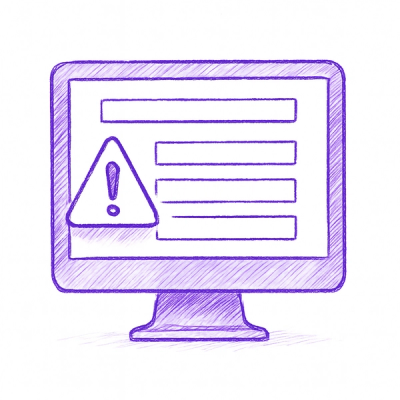
Security News
npm ‘is’ Package Hijacked in Expanding Supply Chain Attack
The ongoing npm phishing campaign escalates as attackers hijack the popular 'is' package, embedding malware in multiple versions.
angular-onboarding
Advanced tools
1. `npm i --save-dev angular-onboarding` 2. Edit your module file to import `AngularOnboardingModule` and pass a config ```typescript import { BrowserModule } from '@angular/platform-browser'; import { NgModule } from '@angular/core';
npm i --save-dev angular-onboardingAngularOnboardingModule and pass a configimport { BrowserModule } from '@angular/platform-browser';
import { NgModule } from '@angular/core';
import { AppRoutingModule } from './app-routing.module';
import { AppComponent } from './app.component';
import { DashboardComponent } from './components/dashboard/dashboard.component';
import { AngularOnboardingModule } from 'angular-onboarding';
@NgModule({
declarations: [
AppComponent,
DashboardComponent
],
imports: [
BrowserModule,
AngularOnboardingModule.forRoot({
steps: [
{
id: 0,
text: 'This is your home!',
path: '/'
},
{
id: 1,
text: 'This is your dashboard!',
path: '/dashboard'
}
]
}),
AppRoutingModule
],
providers: [],
bootstrap: [AppComponent]
})
export class AppModule { }
<ao-overlay></ao-overlay>ao-step to every component file with a element you want to showcase.<button #logoutButton>Logout</button>
<ao-step id="0" [element]="logoutButton" location="above"></ao-step>
AngularOnboardingSerivce and call start() with the routing handler!import { Component, AfterViewInit } from '@angular/core';
import { AngularOnboardingService } from 'angular-onboarding';
import { Router } from '@angular/router';
@Component({
selector: 'app-root',
templateUrl: './app.component.html',
styleUrls: ['./app.component.css']
})
export class AppComponent implements AfterViewInit {
constructor(private router: Router, private aoService: AngularOnboardingService) {
aoService.navigateSubject.subscribe(path => {
router.navigateByUrl(path);
});
}
ngAfterViewInit() {
this.aoService.start();
}
}
<ao-overlay></ao-overlay>Essential for functionality of the library, adds the backdrop.
<ao-step></ao-step>Element correlating to the steps passed to the library.
It should be placed in the component that has the reference element in it.
| Attribute | Type | Optional |
|---|---|---|
| id | number | no |
| element | HTMLElement | no |
| location | string | no |
| Method | Description |
|---|---|
| start() | Starts / resumes the tutorial. |
| isFinished() | Returns if the user finished the onboarding |
| reset() | Resets all tutorial data. |
| Property | Type | Optional | Extra |
|---|---|---|---|
| id | number | no | |
| text | string | no | |
| route | string | yes | The route that the step will be located on |
| Property | Type | Optional |
|---|---|---|
| steps | Step[] | no |
| padding | number | yes |
| Property | Type | Optional |
|---|---|---|
| step | number | no |
| enabled | boolean | no |
FAQs
1. `npm i --save-dev angular-onboarding` 2. Edit your module file to import `AngularOnboardingModule` and pass a config ```typescript import { BrowserModule } from '@angular/platform-browser'; import { NgModule } from '@angular/core';
The npm package angular-onboarding receives a total of 2 weekly downloads. As such, angular-onboarding popularity was classified as not popular.
We found that angular-onboarding demonstrated a not healthy version release cadence and project activity because the last version was released a year ago. It has 1 open source maintainer collaborating on the project.
Did you know?

Socket for GitHub automatically highlights issues in each pull request and monitors the health of all your open source dependencies. Discover the contents of your packages and block harmful activity before you install or update your dependencies.

Security News
The ongoing npm phishing campaign escalates as attackers hijack the popular 'is' package, embedding malware in multiple versions.

Security News
A critical flaw in the popular npm form-data package could allow HTTP parameter pollution, affecting millions of projects until patched versions are adopted.

Security News
Bun 1.2.19 introduces isolated installs for smoother monorepo workflows, along with performance boosts, new tooling, and key compatibility fixes.